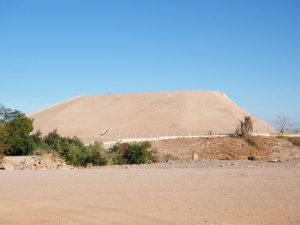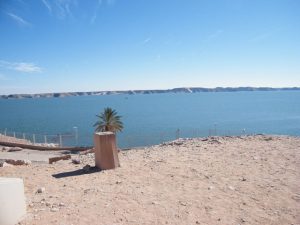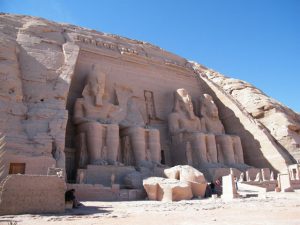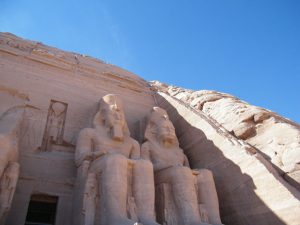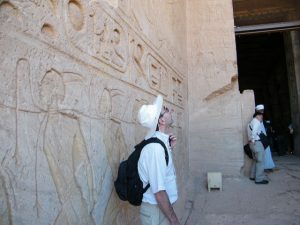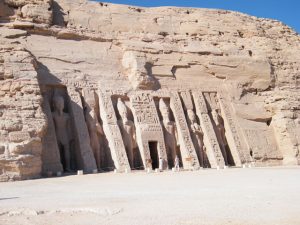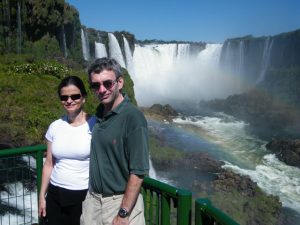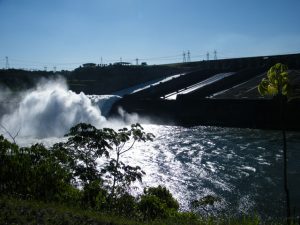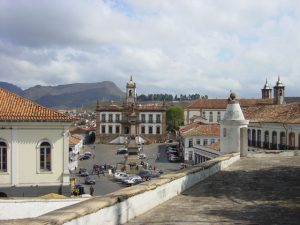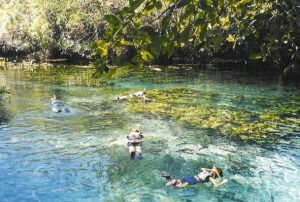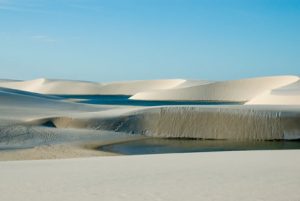Poderia começar falando do trânsito caótico do Cairo e que, por causa disso, o Steve quase surtou no caminho do aeroporto ao hotel. Mas não. Vou falar do hotel com a vista com que todo mundo merece acordar pelo menos uma vez na vida. O hotel Mena House em Gizé.
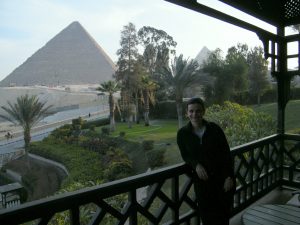
Atualmente parte da cadeia indiana Oberoi, o hotel tem uma longa história, pois já em 1869 – ano em que foi inaugurado o canal de Suez – havia um alojamento para caçadores no local onde o hotel hoje se encontra. O Mena House foi inaugurado em 1886, e apesar de ter sofrido várias reformas, renovações e ampliações, data desta época o prédio que hoje abriga a recepção e os restaurantes.
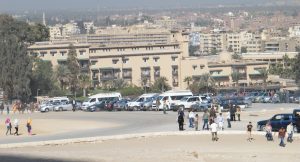
Os quartos com vista para as pirâmide estão localizados neste prédio – chamado Palace – mas há outros blocos construídos ao redor dos jardins e piscinas do hotel. Nestes, me parece que não há quartos com vista privilegiada. O hotel tem vários restaurantes, um deles – The Moghul Room – considerado o melhor restaurante de comida indiana do Cairo. Como o Steve adora comida indiana, fomos experimentar e o restaurante não decepcionou. Estava tudo delicioso.
Para visitar as pirâmides, basta sair do hotel e subir uma ladeirinha. Pronto, você já está nos guichês de entrada, e logo depois na área dos monumentos. Depois de ter dormido e acordado à sombra das pirâmides, você já estará íntimo delas, quando for visitá-las.
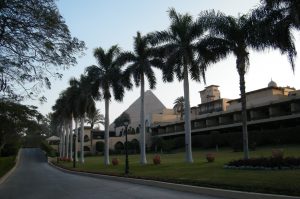
Não foi fácil conseguir reservar o quarto com vista para as pirâmides. Tentamos reservar através do website, mas informavam que o hotel não estava disponível para o período. Comecei então a enviar emails para a central de reservas do grupo Oberoi e para o gerente do Mena House, e só depois de trocar 17 emails (é, eu contei!) é que consegui finalmente nossa reserva. Mas acho que valeu a pena!

